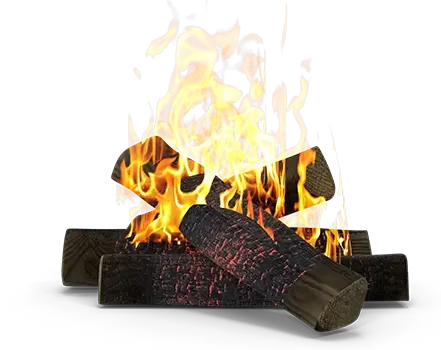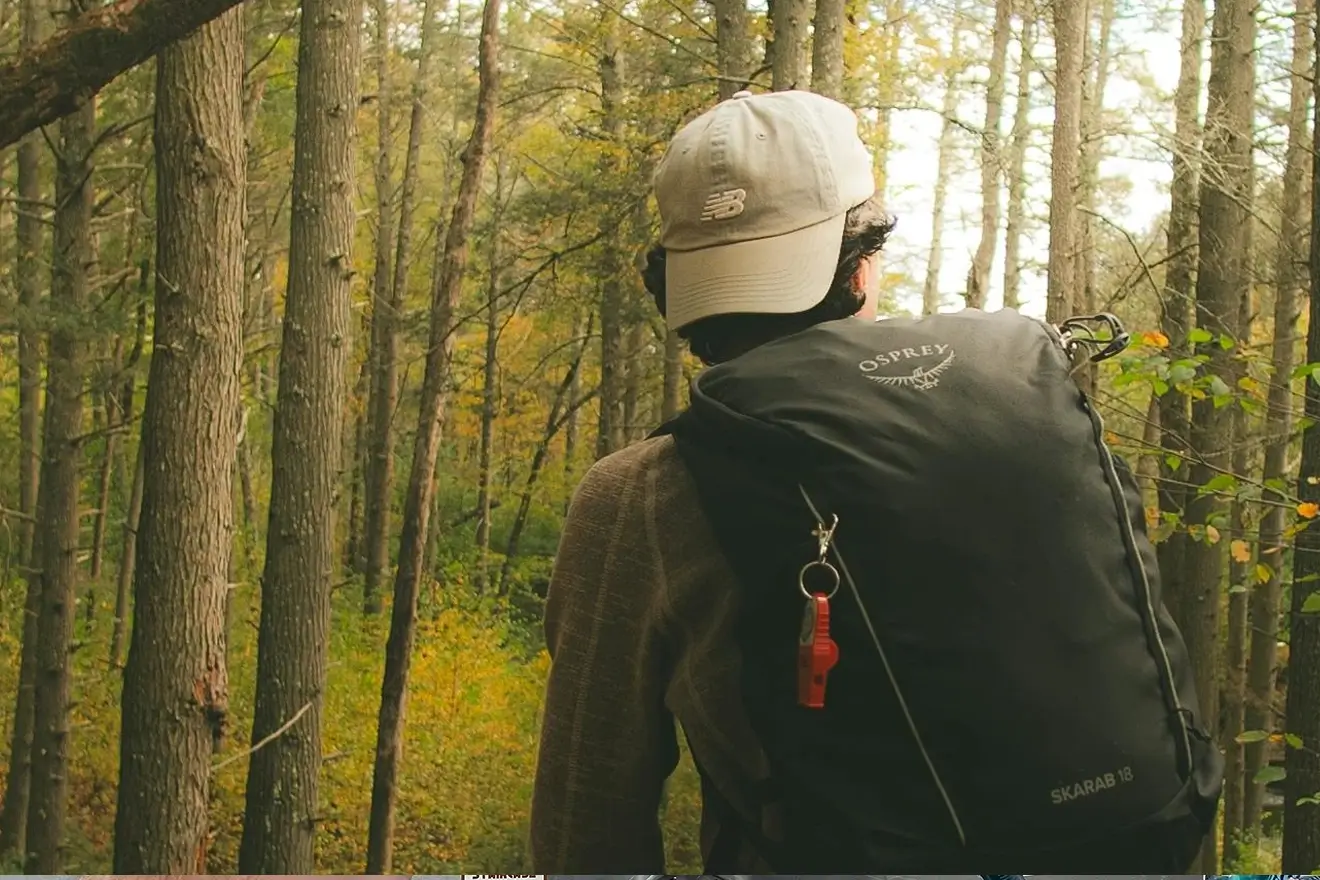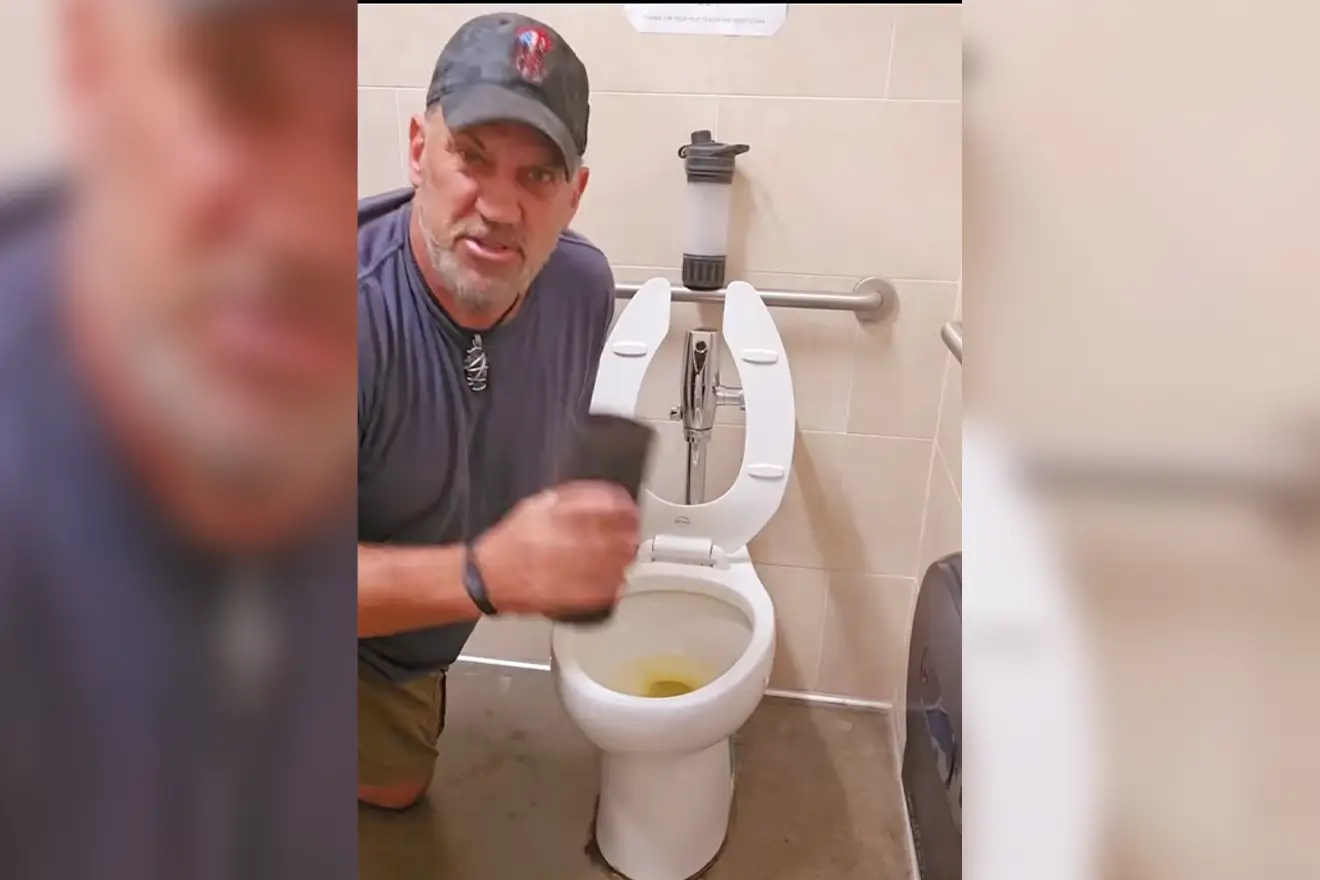You do not want to put your wilderness skills to the test when you’ve never participated in practice. That is an unfortunate time to learn how much you do not know. In your travels, you may have heard people who practice martial arts say something like, “Even being a white belt, you have more knowledge about fighting than 90% of the population” or something like that. That means you’re not guaranteed to win in a fight, but you are more prepared to handle one than a random person off the street, which is an advantage in your favor.
It’s hard to imagine, which is why following a channel like the Outdoor Boys on YouTube is a great way to see how far knowledge and a few tools can take you.
Gaining some fundamental survival skills will put you one step higher than a typical person in a hazardous survival situation in the woods, stranded or otherwise.
Water Purification Techniques
In emergency situations, having a clean and reliable water source is paramount. One of the most efficient and convenient ways to purify water on the go is through portable water filters.
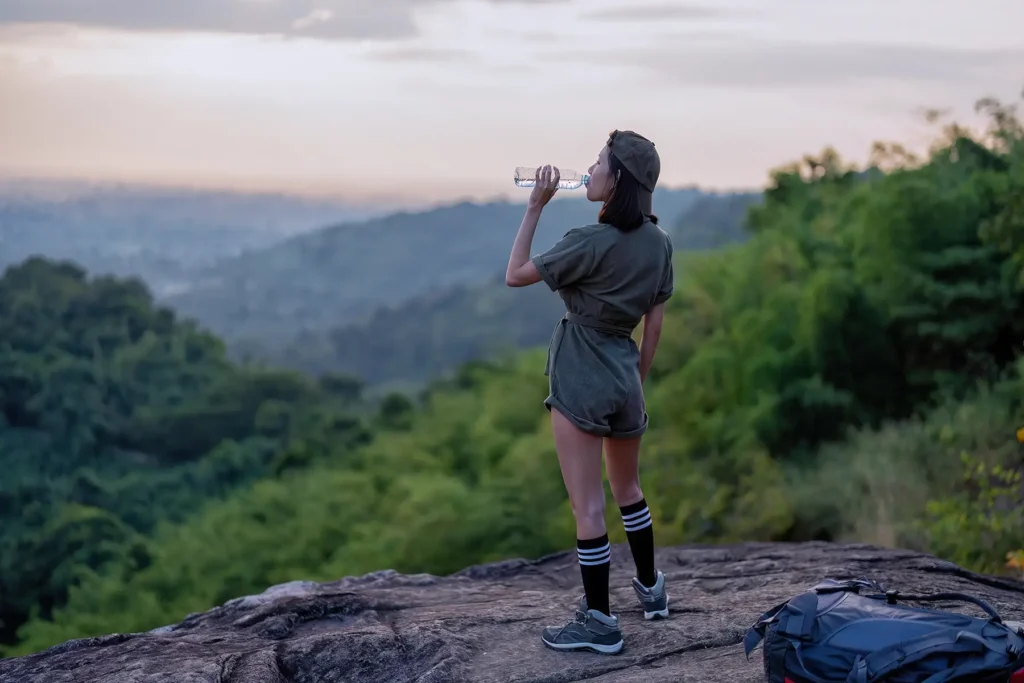
Portable Filters:
- Portable filters are some of the most common ways of purifying water. They are easy to use and the mobility provides one of the best ways to purify water anywhere.
Microfiltration Filters:
- Microfiltration filters use a fine mesh to physically strain out particles and bacteria from water. They are effective against protozoa and bacteria but may not remove viruses. Popular brands like Sawyer and LifeStraw offer lightweight and durable options for bug-out bags and hiking.
Activated Carbon Filters:
- Activated carbon filters are excellent at removing chemicals, odors, and bad taste from water. While they may not be as effective against bacteria and viruses, they complement other filtration methods. Brands like Grayl produce water bottles with activated carbon filters, allowing for quick and easy purification.
Pump Filters:
- Pump filters use manual pumping to force water through a filtration system. These filters are highly effective against a wide range of contaminants, making them suitable for filtering larger quantities of water. Katadyn and MSR are reputable brands known for their durable pump filters.
Chemical Treatments:
- When carrying a physical filter is impractical, or when faced with limited resources, chemical treatments offer a reliable alternative. Chemical purification methods work by killing or neutralizing harmful microorganisms in the water. Here are two standard chemical treatments that will work but may leave a weird taste in your mouth.
Chlorine Tablets
-
- Chlorine tablets, such as those produced by Aquatabs or Katadyn Micropur, are a lightweight and cost-effective solution. These tablets release chlorine into the water, effectively disinfecting it. Make sure to follow the proper dosage when using them.
Iodine Drops
-
- Iodine drops are another chemical treatment option. They are compact and easy to carry, making them suitable for emergency kits. However, some people may be sensitive to the taste of iodine-treated water, and it is not recommended for pregnant women or individuals with thyroid conditions.
DIY Solutions:
- If you’re out of chemicals or your filters are bad you’re not out of luck yet. You can make a water filter out of some common materials typically found around you. These filters will work but being able to boil the water after using these filters will always provide you with safer drinking water.
Boiling:
- The oldest and most tried and true method is to boil water. By brining it up to a roaring boil for a minute (longer at higher altitudes) you kill everything that maybe present in the water. However, it does not remove any chemicals or affect the taste. If you can, use this in conjunction with the other filter options. The more you do, the safer it becomes.
Solar Water Disinfection (SODIS):
- SODIS is a low-cost method that uses sunlight to disinfect water. Clear plastic or glass containers are filled with water and exposed to direct sunlight for at least six hours (or longer on cloudy days). The ultraviolet rays kill the microorganisms, providing a straightforward, eco-friendly purification solution.
Fire-Making
Fire-making is more than just a method to stay warm; it’s a lifeline in the wild. Fire provides warmth, purifies water, cooks food, and acts as a psychological boost. Knowing how to make one with little to no resources can save you.
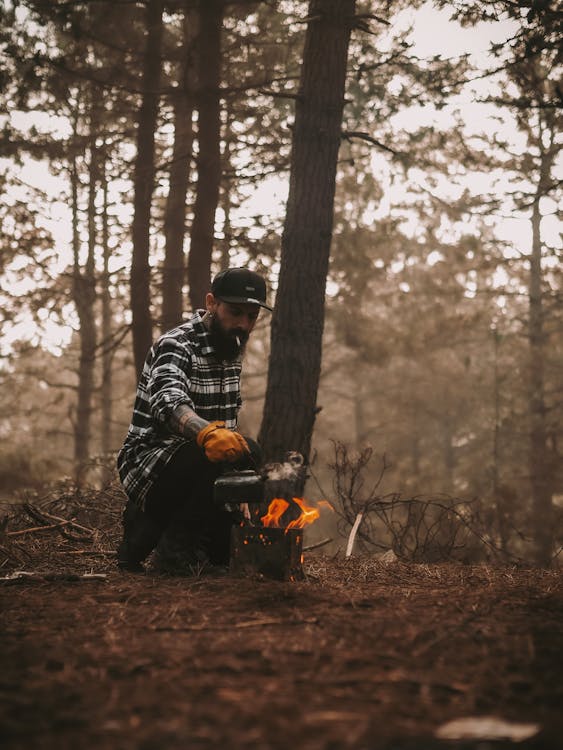
Techniques:
- Friction Fire: Learn how to create fire through friction using bow or hand drills. Practice these techniques regularly to build muscle memory.
- Fire Starters: Carry reliable fire-starting tools such as waterproof matches, lighters, and fire starters. Understanding how to use these tools effectively is crucial in adverse conditions.
- Tinder and Kindling: Identify natural tinder and kindling in your surroundings. Dry leaves, grass, and bark make excellent fuel, while small twigs and branches serve as kindling.
Practice
- Emergency Scenarios: Practice fire-making in different weather conditions. Adapt your techniques to scenarios where scarce resources or weather conditions are challenging.
- Survival Psychology: Regular practice builds confidence, crucial for maintaining a calm and rational mindset in high-stress situations.
- Shelter-Building: Protection Against the Elements
In these situations, you will typically find yourself without your necessary gear (until you start making sure at least some of it is always with you). Knowing what to use in your environment makes you all the more adaptable.
Shelters
- Debris Hut: Constructed with branches, leaves, and natural materials, debris huts provide insulation.
- Lean-to: A simple and quick shelter involves propping a long branch against a sturdy support and covering one side with leaves or branches.
- Tarp Shelter: For preppers who carry a lightweight tarp, learning to create a variety of shelters with it is invaluable.
- Fire Shelters: Learn how to incorporate your fire into your shelter for even more comfort.
Practice
- Adaptability: Practice building shelters in various environments – forests, mountains, or plains. Adapt your techniques to different terrains and weather conditions.
- Efficiency: Regular practice improves efficiency. In survival situations, time is of the essence, and being able to construct a shelter quickly and effectively is crucial.
- Navigation: Finding Your Way in the Wild
Another skill is navigation. Learning how to use a map and actually do land navigation is a great skill to have but can be difficult to learn. But with time and patience can give you a great advantage in getting out of areas.
Skills to Develop
- Map Reading: Familiarize yourself with topographic maps and practice reading them. Understand contour lines, symbols, and key landmarks.
- Compass Use: Learn to use a compass for accurate direction finding. Practice navigating through different terrains using a compass.
- Natural Navigation: Develop skills to navigate using natural cues, such as the sun, stars, and landmarks.
Practice
- Terrain Familiarity: Regular practice in navigation enhances your familiarity with different terrains. This knowledge can be crucial for finding water sources, avoiding hazards, and reaching safety.
- Night Navigation: Practice navigating in low-light conditions. Nighttime can be disorienting, and knowing how to use the stars or moon for navigation is a valuable skill.
When it comes to bettering yourself especially in this area, you don’t need to go over the top but realize keeping it simple can go a long way. Being able to understand these skills and not be afraid of learning them can seriously save your life. These skills, although challenging, are not super difficult to learn.


